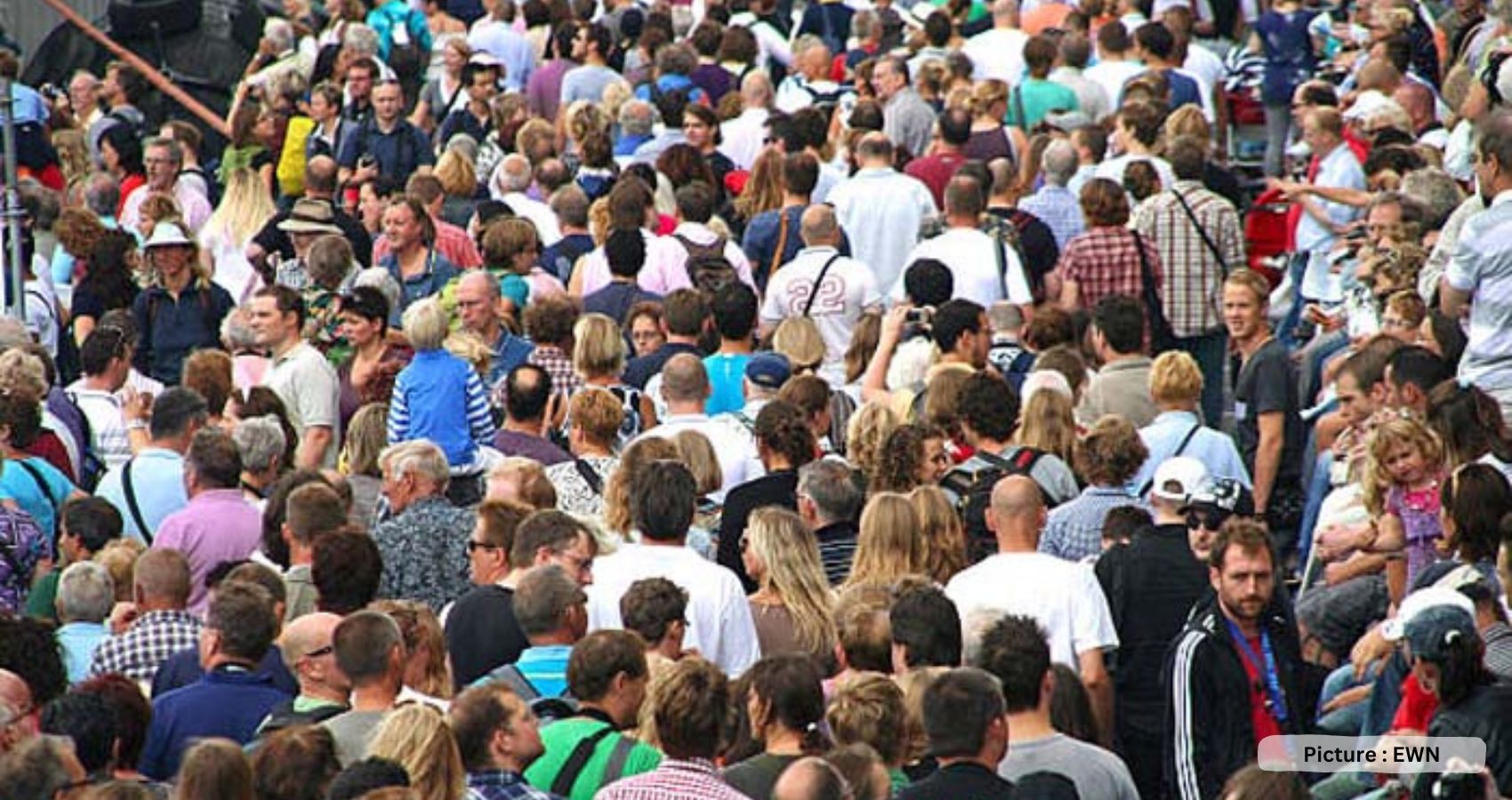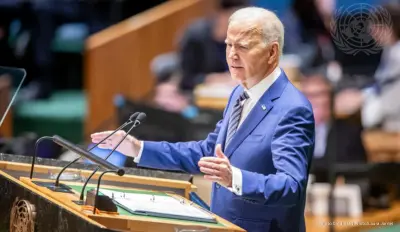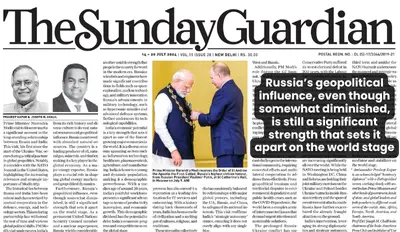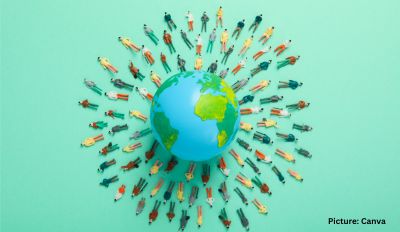A new model has predicted that Earth’s population is likely to decrease in all scenarios across the next century and will peak nowhere near the 11 billion previously forecast.
Population growth could grind to a halt by 2050, before decreasing to as little as 6 billion humans on Earth in 2100, a new analysis of birth trends has revealed.
The study, commissioned by the nonprofit organization The Club of Rome, predicts that if current trends continue, the world’s population, which is currently 7.96 billion (opens in new tab), will peak at 8.6 billion in the middle of the century before declining by nearly 2 billion before the century’s end.
The forecast is both good and bad news for humanity: A plummeting human population will slightly alleviate Earth’s environmental problems, but it is far from being the most important factor in solving them.
And falling populations will make humanity older as a whole and lower the proportion of working-age people, placing an even greater burden on the young to finance health care and pensions. The researchers — members of the Earth4All collective (opens in new tab), which is made up of environmental scientists and economists — published their findings March 27 in a working paper (opens in new tab).
“We know rapid economic development in low-income countries has a huge impact on fertility rates,” Per Espen Stoknes (opens in new tab), director of the Centre for Sustainability at Norwegian Business School and the project lead of Earth4All, said in a statement (opens in new tab). “Fertility rates fall as girls get access to education and women are economically empowered and have access to better healthcare.”
The study is a follow-up to The Club of Rome’s 1972 Limits to Growth study, which warned the world of an imminent “population bomb.” The new result diverges from other recent population forecasts. For instance, in 2022, the United Nations estimated (opens in new tab) that the world population would reach 9.7 billion by 2050 and rise to 10.4 billion by 2100. U.N. estimates from a decade ago suggested the population would reach 11 billion (opens in new tab).
Other models forecast population growth based on factors that affect women’s social independence and bodily autonomy, such as access to education and contraception. Earth4All’s model is slightly more complex, integrating variables connected to the environment and the economy. These include energy abundance, inequality, food production, income levels and the impacts of future global warming.
The model predicted two possible outcomes for the future human population. The first, “business-as-usual” case — in which governments continue on their current trajectories of inaction, creating ecologically fragile communities vulnerable to regional collapses — would see populations rise to 9 billion people by 2050 and decline to 7.3 billion in 2100. The second, more optimistic scenario — in which governments invest in education, improved equality and green transitions — would result in 8.5 billion people on the planet by the century’s halfway point and 6 billion by 2100.
The team also investigated the connection between population sizes and the planet’s ability to sustain human populations. They found that, contrary to popular Malthusian narratives, population size is not the key factor driving climate change. Instead, they pinned the blame on high levels of consumption by the world’s richest individuals, which they say must be reduced.
“Humanity’s main problem is luxury carbon and biosphere consumption, not population,” Jorgen Randers (opens in new tab), one of the modelers at the Norwegian School of Business and a member of Earth4All, said in the statement. “The places where population is rising fastest have extremely small environmental footprints per person compared with the places that reached peak population many decades ago.”











